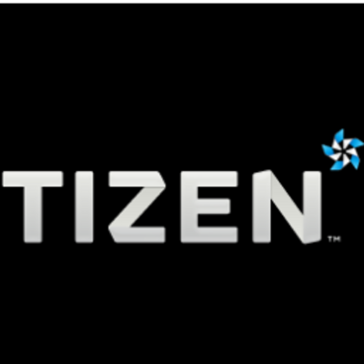Top 10 Particle Device OS Alternatives & Competitors
Research alternative solutions to Particle Device OS on G2, with real user reviews on competing tools. Other important factors to consider when researching alternatives to Particle Device OS include reliability and ease of use. The best overall Particle Device OS alternative is Ubuntu. Other similar apps like Particle Device OS are Red Hat Enterprise Linux, Tizen, Nucleus RTOS, and TinyOS. Particle Device OS alternatives can be found in IoT Operating Systems but may also be in Operating Systems or IoT Device Management Platforms.
Best Paid & Free Alternatives to Particle Device OS
- Ubuntu
- Red Hat Enterprise Linux
- Tizen
- Nucleus RTOS
- TinyOS
- RIOT OS
- Windows for IoT
- Nano-RK
Top 10 Alternatives to Particle Device OS Recently Reviewed By G2 Community
- Ubuntu(2,060)4.5 out of 5
- Red Hat Enterprise LinuxBy Red Hat(803)4.5 out of 5
- Tizen(61)3.7 out of 5
- Nucleus RTOSBy Mentor(24)4.2 out of 5
- RIOT OSBy RIOT(1)5.0 out of 5
- Windows for IoTBy Microsoft(16)4.2 out of 5
- Nano-RKBy Redmine(2)4.5 out of 5
- Amazon FreeRTOS(13)4.1 out of 5
- Android OS by emteriaBy emteria(12)4.6 out of 5
Super-fast, easy to use and free, the Ubuntu operating system powers millions of desktops, netbooks and servers around the world.
Open source platform for mission-critical computing
Tizen is an open and flexible operating system built from the ground up to address the needs of all stakeholders of the mobile andæconnected device ecosystem, including device manufacturers, mobile operators, application developers and independent software vendors(ISVs)
The Nucleus RTOS is deployed in over 3 billion devices and provides a highly scalable micro-kernel based real-time operating system designed for scalability and reliability. System reliability can be improved using lightweight memory partitioning support that can function with or without MMU/MPU assisted protection in systems spanning the range of aerospace, industrial, and medical applications. Developers can make full use of multi-core solutions across the spectrum of Microcontroller and Microprocessor SoCs using SMP and AMP configurations to integrate multiple operating systems. To meet the power requirements of todays advanced designs, engineers can ease development with integrated power management in Nucleus that includes support for DVFS, deep sleep modes, and power/clock gating.
RIOT powers the Internet of Things like Linux powers the Internet. RIOT is a free, open source operating system developed by a grassroots community gathering companies, academia, and hobbyists, distributed all around the world.
Windows 10 IoT lets you use the power of Windows to create a solution quickly and securely.
Nano-RK is a fully preemptive reservation-based real-time operating system (RTOS) from Carnegie Mellon University with multi-hop networking support for use in wireless sensor networks. Nano-RK currently runs on the FireFly Sensor Networking Platform as well as the MicaZ motes. It includes a light-weight embedded resource kernel (RK) with rich functionality and timing support using less than 2KB of RAM and 18KB of ROM. Nano-RK supports fixed-priority preemptive multitasking for ensuring that task deadlines are met, along with support for CPU, network, as well as, sensor and actuator reservations. Tasks can specify their resource demands and the operating system provides timely, guaranteed and controlled access to CPU cycles and network packets. Together these resources form virtual energy reservations that allows the OS to enforce system and task level energy budgets.
Amazon FreeRTOS is an operating system for microcontrollers that makes small, low-power edge devices easy to program, deploy, secure, connect, and manage.






